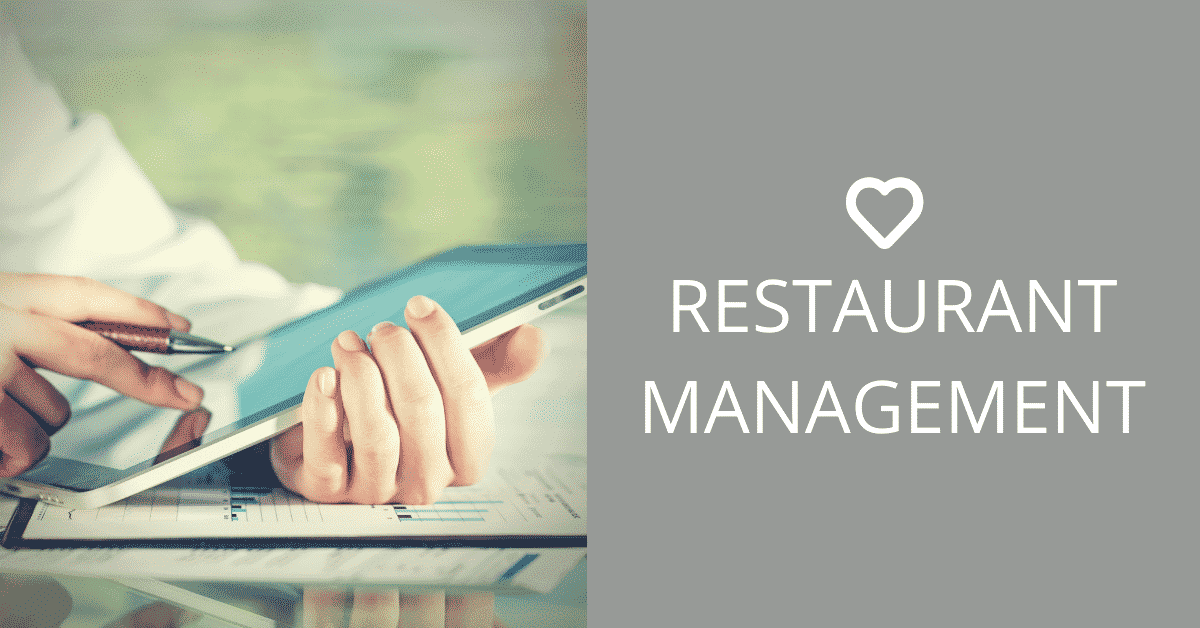Know these five restaurant accounting practices to be in control of your business’s profitability and budget.
As the owner or manager of a restaurant, when you’re aiming to grow profitability, accounting is an area you need to be very comfortable in. It might be considered the most dreaded part of running your business, but to be profitable and to manage the money, there’s no way it can be avoided. Even if you hire outside accountancy assistance, it’s wise to have a strong understanding of the basic accounting practices for restaurants. If you have a restaurant POS, you already have a strong support system that keeps the financials organized for you.
Below, we review the top five restaurant accounting concepts every manager needs to know.
Cost of Goods Sold
Even if you’re new to the restaurant industry, if you have made a purchase order, you already are familiar with the cost of goods sold (COGS): It’s the amount you spend on all ingredients (and that’s it, this figure doesn’t show how much is spent on labor to prepare and deliver the food or drinks). If you don’t know your COGS figures, this is the essential accounting practice to learn first since all the profitability of your restaurant boils down to the COGS.
See the six ways to control your COGS here, and if you find out that the menu prices aren’t right, learn how to price your menu in three steps.
Unavoidable Restaurant Expenses
Every food service operator has three fixed expenses:
Restaurant Labor—The cost of all employees on the payroll in management, FOH, and BOH.
Occupancy Expenses—The cost of existing in a brick and mortar location (or food truck), including rent, property taxes, utilities, and insurance.
Operating Expenses—The cost of everything else it takes to run your restaurant that isn’t COGS, labor, or occupancy related, such as marketing, tablecloth dry cleaning, and dishware.
Knowing how much is spent on these three categories is a smart restaurant accounting practice. The costs should be built into your menu prices so that at the end of the year, you are not in the red for forgetting the insurance fees or the cost of replacing glassware. Know what these three areas cost your business so you can increase profits wisely.
Prime Cost
The Prime Cost is COGS and Labor Costs. The reason for knowing this figure is simple: The Prime Cost is where the majority of the money leaving goes to. It includes all ingredients on the menu, and the cost of payroll, taxes, and benefits.
By focusing on the Prime Cost, you can avoid making huge accounting mistakes that will cost you dearly, as well as have more wiggle room to cut down on costs and increase profitability. Your occupancy expenses are going to be fixed, so put your efforts towards controlling the prime costs.
Chart of Accounts
The technical definition of a chart of accounts, according to the Accounting Coach:
“A chart of accounts is a listing of the names of the accounts that a company has identified and made available for recording transactions in its general ledger. A company has the flexibility to tailor its chart of accounts to best suit its needs, including adding accounts as needed.”
Translation: The Chart of Accounts is used to describe the areas that your money flows in and out of the business, and it’s organized like this:
Balance Sheet Accounts
· Assets
· Liabilities
· Owner’s Equity
Income Statement Accounts
· Operating Revenues
· Operating Expenses
· Non-Operating Revenues and Gains
· Non-Operating Revenues and Expenses
For your restaurant, you would then break these areas into subcategories, such as your marketing budget, sales figures, cost of goods sold, and inventory. The chart of accounts shows the complete picture of your restaurant’s money flow. For the most accurate statement, all areas that money comes in and out of should be listed. Then, you can learn quickly what changes should be made and explain the financial state (good or bad) of your business.
Lavu Pro Tip: Avoid over-complicating the chart of accounts; for example, don’t make the cost of ketchup its own line item. If you have too many subcategories, you will get lost in the minutiae and the true flow of money will get lost.
Reconcile the Balance Sheets, Then Check P&L
The balance sheet lists all assets and liabilities, yet many people make the mistake of going straight to the bottom line to where the Profit and Loss is listed. Before seeing the P&L, double-check that all the numbers on the balance sheet are accurate and add up. Then, you can understand the real net profits or losses at the end of each month.
As you get more comfortable with learning the ins and outs of restaurant accounting, talk with your bookkeeper and ask for a breakdown. Also, remember that you’re not alone. Talk with other restaurant owners about what accounting practices have been working for them. There are going to be differences depending on the size of the restaurant; however, hearing from your contemporaries is going to expand your knowledge and you’ll find that you can apply the new information to your business quickly.
Ready for more restaurant accounting? Check out which top six labor KPIs reveal everything

